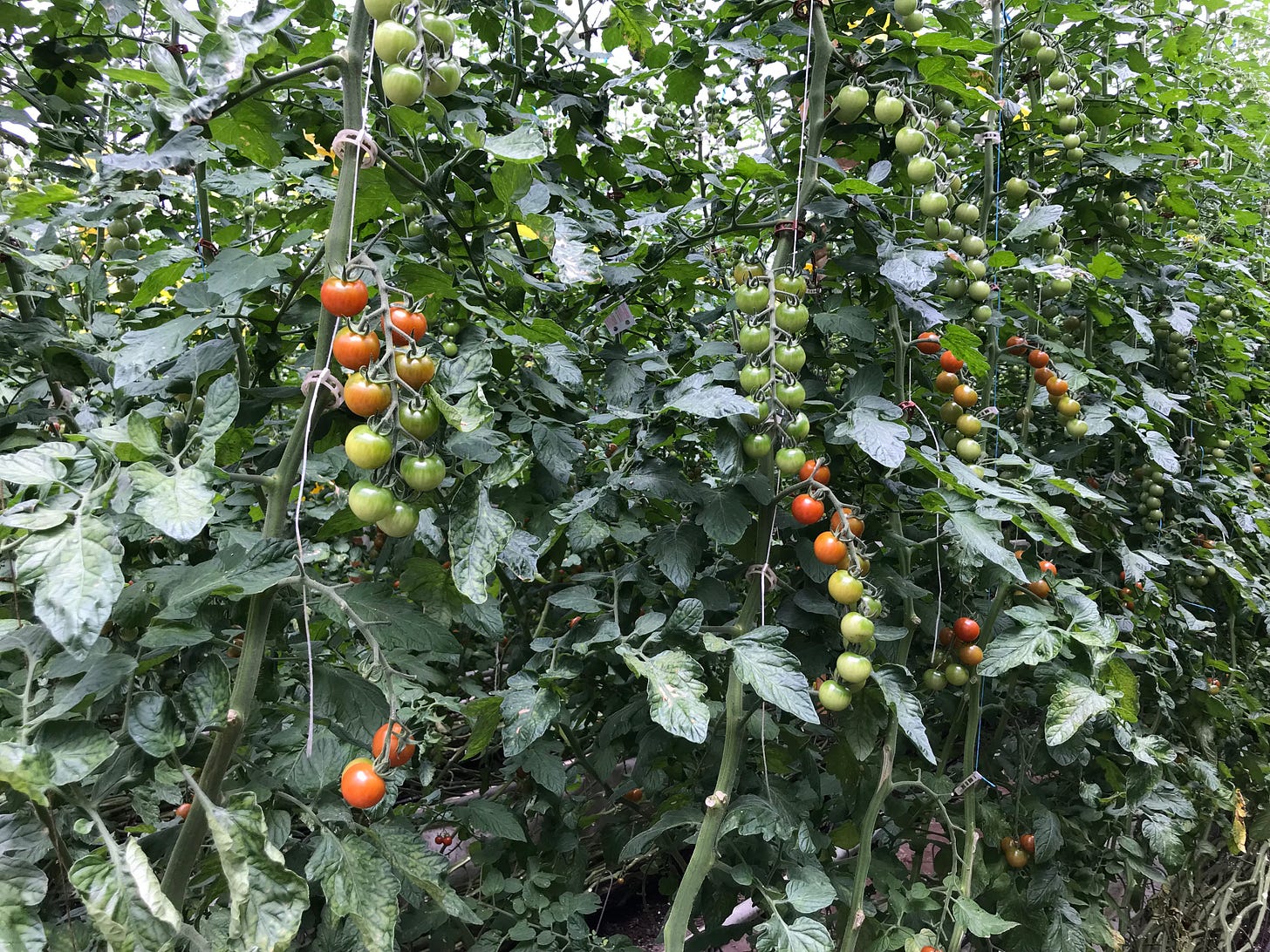A COUPLE OF YEARS AGO, I WROTE a too-impatient, therefore unpublished, opinion piece titled, “What Matters for the Climate Isn’t What You Eat But How It Was Raised.” The foundation was a 2019 UK study that I once noted in AoE. We don’t think often about the farming that was done in the Americas before Europeans arrived, but 56 million hectares were cultivated by native people, mostly in an area from Mexico southward, according to the study, called “Earth system impacts of the European arrival and Great Dying in the Americas after 1492.” Fifty-five million of those native people died, primarily from pandemic diseases introduced by Europeans, and their cultivated land reverted to trees and other long-lived plants that did what they always do: via photosynthesis, they drew carbon from the air and put it in the soil. “This contributed between 47% and 67% of the... decline in atmospheric CO2 between 1520 CE and 1610 CE seen in Antarctic ice core records,” the study concluded. “The resulting terrestrial carbon uptake had a detectable impact on both atmospheric CO2 and global surface air temperatures in the two centuries prior to the Industrial Revolution.” Simply put, less agriculture meant less carbon dioxide in the atmosphere and a cooler earth. And the cooling went on until the Industrial Revolution began to warm things up again. As a contributor to global warming, agriculture looks like a prime offender, but the way we farm makes a large difference.
© 2025 The Art of Eating
Substack is the home for great culture





